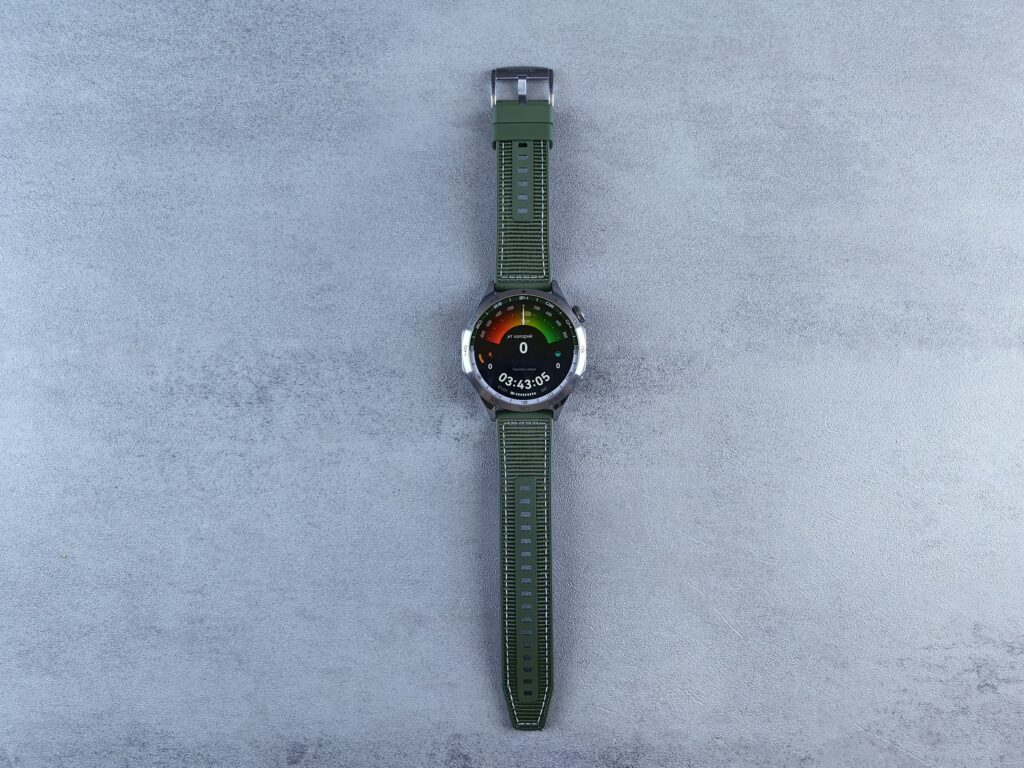
In recent years, wearable technology has transitioned from a novelty to a fundamental part of health monitoring and management. Devices such as smartwatches, fitness trackers, and specialized health monitors have evolved dramatically, offering sophisticated features that provide real-time data about an individual’s health status. This blog post explores the transformative impact of wearable tech on health monitoring, its current applications, challenges, and future potential.
Understanding Wearable Technology
Wearable technology refers to electronic devices that can be comfortably worn on the body. These devices often include sensors that monitor various health metrics, such as heart rate, blood pressure, activity levels, and even sleep patterns. Popular examples include the Apple Watch, Fitbit, Garmin, and various other health-specific devices. The integration of advanced sensors, artificial intelligence, and mobile applications has made these devices indispensable tools for both fitness enthusiasts and those managing chronic conditions.
Current Applications of Wearable Technology
- Fitness Tracking
One of the most common uses of wearable technology is fitness tracking. Devices like Fitbit and Garmin monitor physical activity, calorie expenditure, and even specific exercises. Users can set fitness goals, track their progress, and receive personalized feedback, all of which help motivate them to stay active. - Heart Rate Monitoring
Most modern wearables come equipped with heart rate monitors. This feature can provide valuable insights into an individual’s cardiovascular health, allowing users to track their resting heart rate, exercise intensity, and recovery periods. Continuous heart rate monitoring can also help detect irregularities that may require medical attention. - Sleep Monitoring
Sleep is a critical component of overall health, and many wearables now include sleep-tracking capabilities. By analyzing sleep patterns, these devices can help users understand their sleep quality and duration, identify disruptions, and offer recommendations for improvement. - Health Metrics and Biomarkers
Some advanced wearables can monitor additional health metrics such as blood oxygen levels (SpO2), blood pressure, and even glucose levels. These measurements can provide vital information for individuals managing chronic conditions like diabetes or hypertension, allowing for better self-management and timely intervention. - Telemedicine Integration
Wearable technology has facilitated the growth of telemedicine. Many health systems now allow patients to share data from their wearables with healthcare providers, enabling remote monitoring and consultations. This integration not only improves patient outcomes but also enhances the efficiency of healthcare delivery.
Benefits of Wearable Health Technology

1. Empowering Individuals
Wearable technology empowers individuals to take charge of their health by providing real-time data and insights. With easy access to personal health metrics, users can make informed decisions about their lifestyle, such as diet, exercise, and sleep patterns. This level of awareness encourages proactive health management rather than reactive care.
2. Preventive Health Care
By tracking health metrics continuously, wearables facilitate early detection of potential health issues. For example, an irregular heart rate detected by a smartwatch can prompt users to consult a healthcare professional before a serious condition develops. This preventive approach can lead to significant healthcare cost savings and improved outcomes.
3. Enhanced Communication with Healthcare Providers
Wearable devices allow for seamless communication between patients and healthcare providers. The ability to share health data in real time enhances the doctor-patient relationship, enabling more personalized care. Healthcare providers can monitor patients’ conditions remotely and adjust treatment plans based on real-time data.
4. Cost Savings
Although the initial investment in wearable technology can be significant, the long-term savings may outweigh the costs. Improved health management can lead to reduced medical expenses, fewer hospital visits, and decreased reliance on prescription medications. Additionally, many employers are adopting wearables in workplace wellness programs, promoting healthier lifestyles that can lead to lower insurance premiums.
Challenges Facing Wearable Technology
Despite the many benefits, several challenges must be addressed to maximize the potential of wearable technology in health monitoring.
1. Data Privacy and Security
As wearable devices collect sensitive health data, concerns about privacy and data security arise. Users must be assured that their personal information is protected from unauthorized access and misuse. Companies must prioritize robust encryption and data security measures to build trust among consumers.
2. Data Accuracy and Reliability
The accuracy of the data collected by wearables is crucial for effective health monitoring. Users must rely on the data to make informed decisions about their health. Manufacturers must invest in research and development to ensure that their devices provide accurate and reliable measurements, especially for critical health metrics.
3. Interoperability
Wearable technology often lacks interoperability with existing healthcare systems and devices. For effective data sharing and integration, wearables must be compatible with electronic health records (EHRs) and other medical devices. Efforts to standardize data formats and improve interoperability will be essential for the widespread adoption of wearables in healthcare.
4. User Engagement
For wearable technology to be effective, users must remain engaged with their devices. Many individuals struggle to maintain long-term usage, leading to data gaps and reduced effectiveness. Developers should focus on creating user-friendly interfaces and gamifying health monitoring to encourage consistent use.
The Future of Wearable Health Technology
As technology continues to advance, the future of wearable health monitoring looks promising. Here are some key trends that are likely to shape the landscape:
1. Integration of Artificial Intelligence (AI)
AI algorithms will enhance the capabilities of wearable devices, allowing for more accurate data analysis and personalized health recommendations. Machine learning models can detect patterns in users’ data, offering insights that can lead to improved health outcomes. For instance, AI can help predict potential health issues based on historical data and lifestyle choices.
2. Expansion of Remote Patient Monitoring
The COVID-19 pandemic accelerated the adoption of telehealth and remote patient monitoring. This trend is expected to continue as healthcare providers recognize the benefits of remotely monitoring patients’ health. Wearable technology will play a pivotal role in enabling this shift, allowing for continuous monitoring of patients with chronic conditions or those recovering from surgery.
3. Increased Focus on Mental Health
The importance of mental health has gained recognition in recent years. Future wearable devices are likely to incorporate features that monitor stress levels, mood, and other mental health indicators. By providing users with insights into their mental well-being, these devices can encourage healthier coping mechanisms and promote overall mental wellness.
4. Customization and Personalization
As wearables become more advanced, users will expect devices that cater to their unique health needs and preferences. Future wearables may offer customizable features, allowing users to choose specific health metrics to monitor, set personalized goals, and receive tailored recommendations based on their individual health profiles.
5. Regulatory Advances
As the use of wearable technology in healthcare expands, regulatory bodies will likely introduce guidelines and standards to ensure the safety and efficacy of these devices. Clear regulations will help build consumer trust and promote innovation within the industry, ultimately improving health outcomes.
Conclusion
Wearable technology has revolutionized health monitoring, providing individuals with the tools to actively manage their health. While challenges remain, the benefits of wearables—empowering individuals, facilitating preventive care, and enhancing communication with healthcare providers—are undeniable. As technology advances, we can expect to see more sophisticated wearables that integrate AI, promote mental health, and offer personalized health insights. The future of health monitoring is bright, with wearable technology leading the charge toward improved health outcomes for individuals around the globe.












